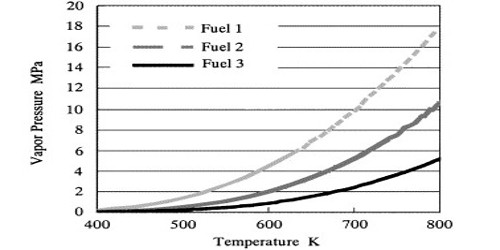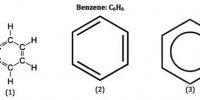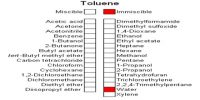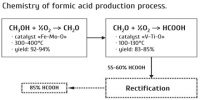Vapour pressures of diesel at room temperature are very low; that discussed in has a vapor pressure of 0.4 mm Hg (E 0.053 kPa). That for cetane is less than 1 mm mercury, yet another ‘plus’ for cetane. Vapor Pressure, also known as bubble point pressure and accurate vapor pressure, is the pressure where the primary bubble of vapor is shaped at a given temperature.
The calculation concerning the vapor pressure of diesel below:
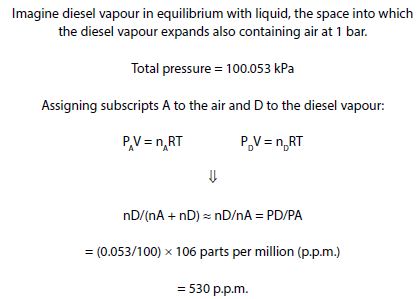
We first note that a p.p.m. in the hundreds is certainly likely to exceed the odour threshold and this is consistent with common experience in the handling of diesel. No odour threshold appears to have been established for cetane. We can cautiously compare diesel with n-dodecane in these terms as this has a vapor pressure of 0.3 mm Hg, a value typical of a diesel. Its odour threshold is 5 p.p.m. The composition (in the case of a mixture) also influences this stability pressure.
The value of 530 p.p.m. can be broadly compared with threshold limit values for pure hydrocarbon compounds. The threshold limit value (TLV) for styrene is 20 p.p.m. That for cyclohexane is 300 p.p.m. That for toluene is 50 to 100 p.p.m. Other examples can be given but enough has been said to support the view that the diesel concentration in the calculation is sufficient to be harmful.
